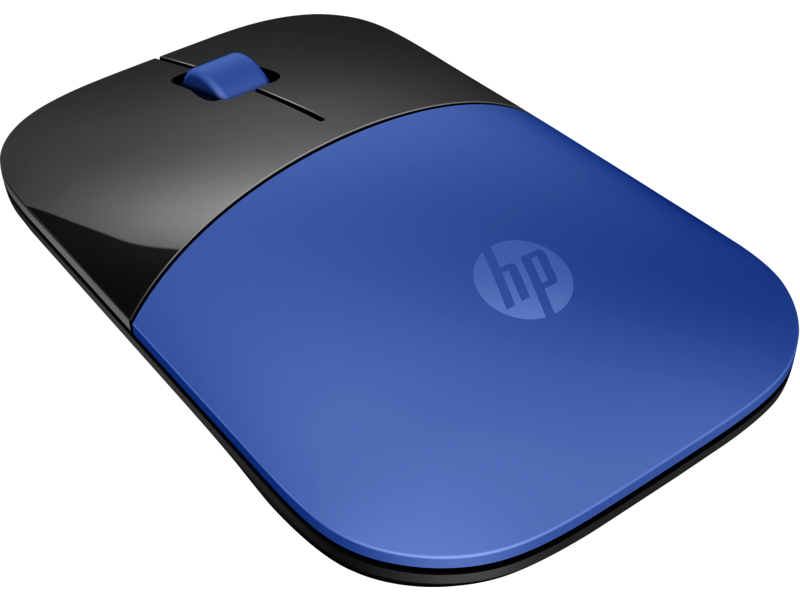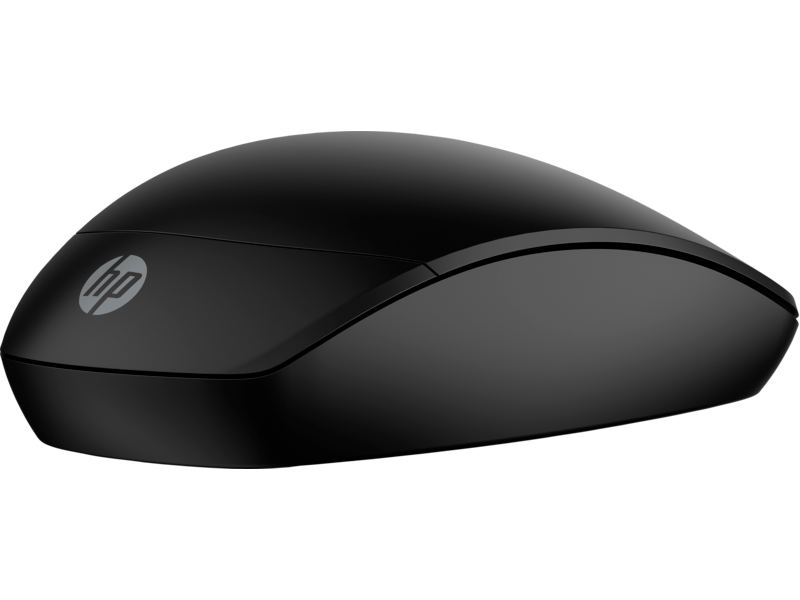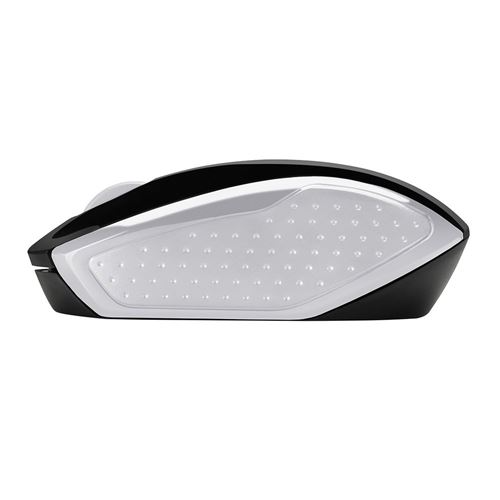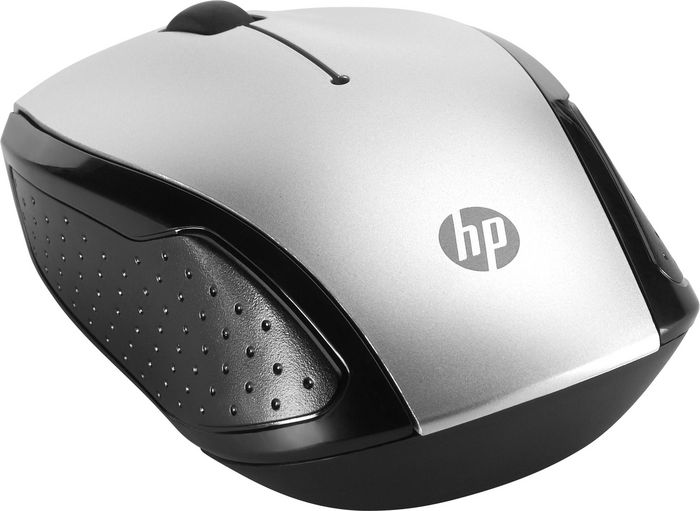Introduction to HP Wireless Mice: Unleashing Freedom and Precision
In today’s fast-paced digital world, a reliable wireless mouse is a staple for seamless productivity. HP, renowned for its innovative technology, offers a range of wireless mice designed to combine comfort, precision, and freedom of movement. With sleek designs tailored for various needs, from casual browsing to professional gaming, HP wireless mice empower users to navigate their digital realm effortlessly.
Understanding the Technology Behind HP Wireless Mice
HP wireless mice primarily operate via two technologies: Radio Frequency (RF) and Bluetooth. RF mice utilize a USB nano receiver that plugs into your computer, creating a direct connection with the mouse. Bluetooth models, on the other hand, connect wirelessly without the need for a separate receiver, making them even more portable and versatile. Both technologies ensure a stable connection with minimal lag, ensuring smooth cursor control.
Key Features of HP Wireless Mice for Enhanced User Experience
Battery Life and Efficiency: HP prioritizes longevity in its wireless mice, offering extended battery life, often up to several months on a single charge or set of batteries. Many models feature smart sleep modes to conserve power when inactive.
Ergonomics and Comfort: Recognizing that users spend hours interacting with their devices, HP designs mice with ergonomic contours to reduce strain and enhance comfort. Models like the HP Wireless Mouse X3000 cater to both left- and right-handed users, ensuring a universal fit.
Compatibility and Customization: HP wireless mice work seamlessly with a wide range of devices, including Windows, macOS, and Chrome OS systems. Select models also allow customization of buttons and DPI (dots per inch) settings, enabling users to tailor their experience to specific tasks or preferences.
Pairing and Connecting Your HP Wireless Mouse: A Step-by-Step Guide
Connecting your HP wireless mouse is a straightforward process. For RF mice:
- Insert the USB nano receiver into an available USB port on your computer.
- Turn on the mouse, usually by sliding the power switch located on its underside.
- The mouse should connect automatically; if not, press the Connect or Sync button on both the mouse and receiver.

For Bluetooth mice:
- Enable Bluetooth on your computer.
- Put your HP mouse into pairing mode, typically by pressing and holding a dedicated pairing button.
- On your computer, search for available Bluetooth devices and select your HP mouse from the list.
Optimizing Performance: Tips and Tricks for HP Wireless Mouse Users
Maintaining a Clear Line of Sight: Ensure there are no physical obstructions between the mouse and receiver, especially for RF mice, as this can weaken the signal.
Updating Drivers and Firmware: Regularly updating your mouse’s drivers and firmware can improve performance and fix known bugs. Visit HP’s official support website for the latest updates.
Managing Interference: Keep your mouse away from other electronic devices and wireless signals to minimize interference. Adjusting the position of the USB receiver can also help improve signal strength.
Troubleshooting Common Issues with HP Wireless Mice
Encountering problems with your HP wireless mouse can disrupt your workflow and cause frustration. However, many common issues have straightforward solutions. This part walks you through diagnosing and fixing these troubles, ensuring your wireless mouse returns to peak performance.
Connection Dropout or Instability
Symptoms: Your mouse disconnects randomly or has trouble maintaining a steady connection.
Solution Steps:
- Check Receiver Placement: Ensure the USB receiver is inserted directly into a computer’s USB port and not through a USB hub. A direct connection provides the strongest signal.
- Remove Interference: Move away any objects that may interfere with the wireless signal, such as cordless phones, microwaves, or other wireless devices.
- Update Drivers: Visit HP’s support website to download and install the latest drivers for your mouse. Outdated drivers can cause connectivity issues.
- Change USB Port: Try connecting the receiver to a different USB port on your computer, as some ports may have better performance.
Battery Drain or Low Battery Life
Symptoms: Your mouse’s batteries seem to drain faster than expected.
Solution Steps:
- Enable Power Saving Mode: Make sure your mouse has a power-saving feature and that it’s enabled. This function puts the mouse to sleep when inactive, extending battery life.
- Replace Batteries: If using disposable batteries, replace them with fresh ones. For rechargeable models, ensure they are charged fully before use.
- Check for Leaks: If using alkaline batteries, inspect for leaks that could damage the contacts and affect performance.
Cursor Lag or Jerky Movement
Symptoms: The cursor moves slowly or jumps around the screen unpredictably.
Solution Steps:
- Reduce System Load: Close unnecessary applications and processes to reduce the strain on your computer’s resources.
- Adjust DPI Settings: If your mouse allows, adjust the DPI (dots per inch) settings to find a sensitivity level that suits your needs and reduces lag.
- Reinstall Mouse Drivers: Sometimes, reinstalling the mouse drivers can resolve software conflicts causing cursor anomalies.
Buttons Not Responding or Erratic Behavior
Symptoms: Buttons fail to register clicks or perform incorrect actions.
Solution Steps:
- Clean the Mouse: Use a can of compressed air or a soft, dry brush to remove dust and debris from the buttons and scroll wheel. Dirt accumulation can interfere with button mechanics.
- Reset Mouse: If applicable, consult the user manual for instructions on resetting your mouse to factory settings. This can resolve software glitches.
- Check for Software Conflicts: Ensure no other software is trying to control your mouse functions. Disable any third-party mouse management apps temporarily to test.
Scrolling Issues
Symptoms: Scroll wheel behaves erratically, scrolls too fast, too slow, or not at all.
Solution Steps:
- Clean Scroll Wheel: Gently clean the scroll wheel using a soft, dry cloth or a small, soft-bristled brush to remove debris.
- Lubricate Scroll Wheel: Apply a tiny amount of silicone lubricant to the scroll wheel’s mechanism if it feels stiff or noisy.
- Adjust Scroll Settings: In your operating system’s settings, adjust the scroll speed or behavior to your preference.
In conclusion, troubleshooting your HP wireless mouse doesn’t have to be daunting. By following these systematic approaches, you can quickly identify and resolve common issues, restoring your mouse to its optimal working condition. Remember, patience and persistence are key when diagnosing technical problems, and consulting the user manual or HP’s online support resources can provide additional assistance.
Conclusion: Maximizing Your HP Wireless Mouse Experience
HP wireless mice are engineered to provide users with an efficient and comfortable navigation experience across various computing environments. Whether you’re a casual user or a power professional, understanding the features, proper setup, optimization techniques, and troubleshooting methods outlined above empowers you to fully harness the potential of your HP wireless mouse. With attention to these details, your digital interactions become smoother, more precise, and ultimately, more productive.




